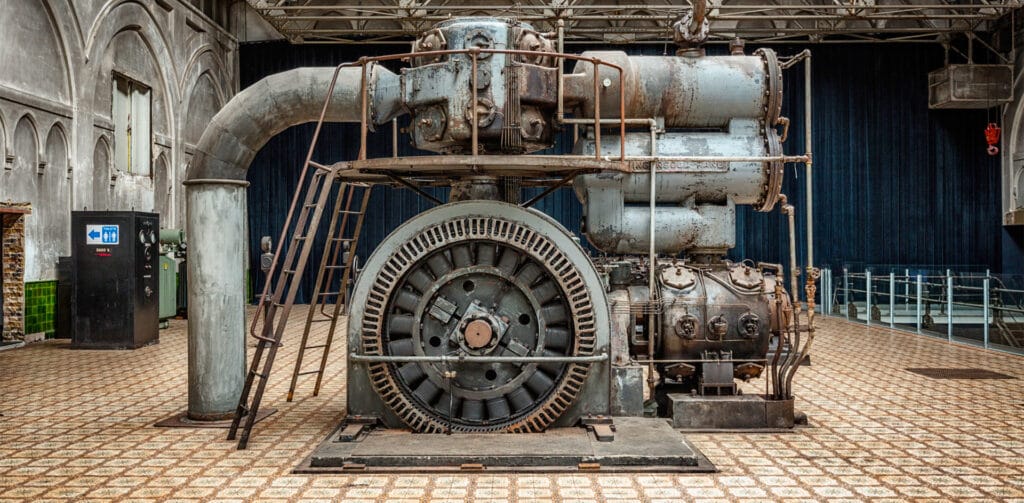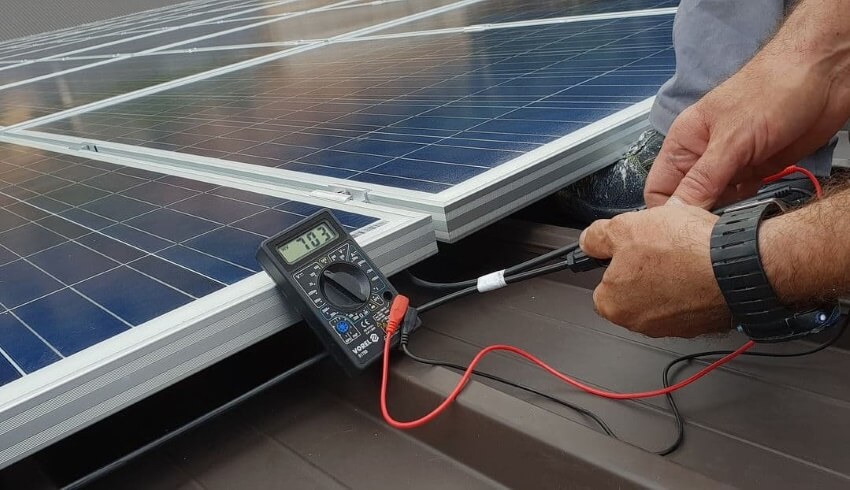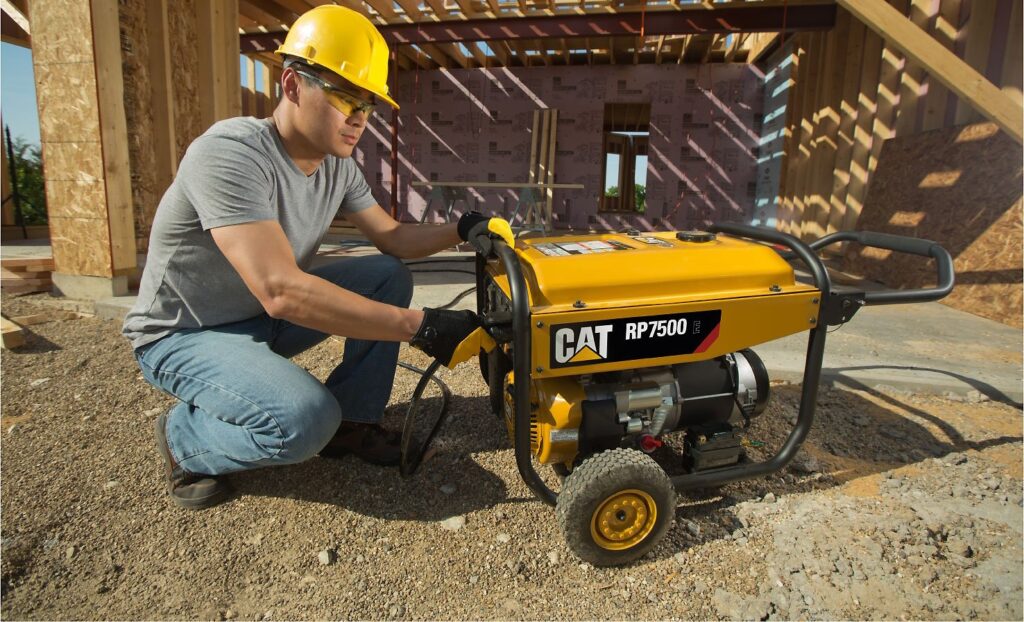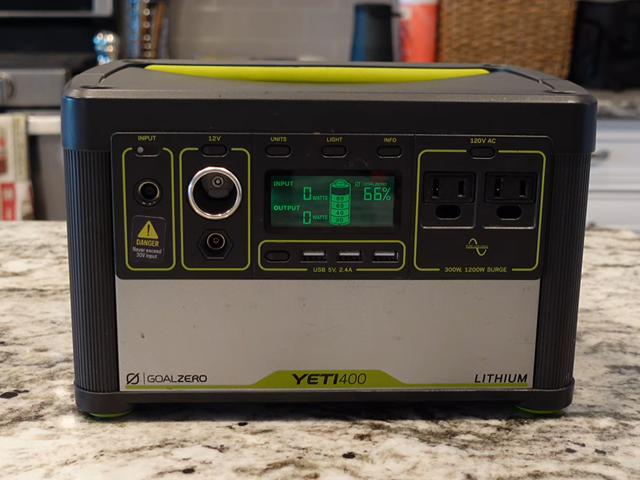
Did you know propane gas comprises more energy per cubic foot than natural gas? Both fuels provide an effective source of heat, but probably you are facing difficulties with how to convert natural gas stoves to propane. Worry no more, as we will provide comprehensive information to help make informed decisions. Let’s dive in!
Both gallons of gasoline are fossil fuels, but they integrate varying densities and constitute energy boosters. Propane is delivered at a higher pressure compared to gas. Therefore, ensure you have the right appliance for the selected fuel.
Running natural gas stove using propane causes the production of a big flame that might be fatal. In contrast, when running a propane appliance using natural gas, the device may produce little or no flame. An appliance designed for propane will be unable to perform its intended purpose.
Dual-fuel appliances like natural gas stoves may have two different ports for the fuel supply. The orifices of the natural gas appliances are bigger than the propane orifices to allow power flow at low pressure. On the other hand, propane orifices are smaller to perform under high pressure.
Use the correct fuel type to run the appliances for security and efficiency purposes. Alternatively, you can convert a few appliances like stoves to use either natural or propane gas. It is impossible to convert electric appliances to propane. Prior to converting any appliance, check for manufacturers’ directions for secure transformation.
Most stovetops are designed to use natural gas, but their burners can be modified to run on propane. If you can’t handle the conversion by yourself, consult a professional for the correct conversion of the appliance. Here are steps to follow when converting your natural gas stove;
Study the specifications of your stove. Inspect where the burners attach to the gas line. This is crucial to helping you get the right materials. Some of the tools you may require include screwdrivers that correspond to the stove’s hardware.
Cut-off any gas supply being supplied to your stove. This is essential prior to unscrewing any hardware. Wait a few minutes before disassembling the valves to let the line dry. Live supply lines can cause spillage and fatalities.
Eliminate the existing burners in the cooker. Also, you can opt to modify the fuel source if need be. Adjust the main burner tube by turning it anticlockwise until it is no longer spinning.
The coded orifice of each burner regulates natural gas and propane flames. Adjusting the orifice is imperative to optimize propane.
The regulator is found underneath the stove cover. Remove the cap on the gas regulator, then refit using the opposite side of the cap.
Ensure you have the appropriate burner as they have different BTU scores. Propane has a high-pressure regulator; hence, get a smaller hole at the orifice to allow a small portion of the gas to enter into the burner.
Correct the simmer setting on every burner by twisting the burners.
Reattach the line tightly. Use pipe tape or thread to fit the connection. Test for leaks by mixing soapy water solution with half a cup of water, then add a drop of hand wash. Apply an ample amount of the solution to the propane connection. Look for the presence of bubbles emerging from the connection. No bubbles show the connection is tightly fitted and ready to test the propane stove.
Numerous grill models are designed to burn propane. You can also purchase a hose assembly for grills that use natural gas supply. Here are steps to follow;
Ensure the appliance to be converted is rated for natural gas and propane. Make sure they have the flexibility to convert. Gas service technicians can help determine whether your appliances can transform safely for propane.
Seek professional advice before trying propane on the appliance. Licensed and experienced propane technicians have the required training in gas range, propane, and appliance security. Adjusting your natural gas to propane supply needs a bit of expertise and care.
You can obtain a more secure propane appliance rather than altering natural gas appliances to propane. Converted appliances undergo disconnections, which may tear some parts. New propane-ready appliances minimize downtime with enhanced security and efficiency.
Propane and natural gas are highly potent for combustion. Therefore, when working with them to ensure there is no overlooked connection or a leaking valve.
Propane supply is more efficient: A single propane unit comprises two times the energy of natural gas. Thus, you need a half-gallon of propane to heat as much as a full gallon of natural gas can heat.
Use of conversion kits to convert between natural gas to propane: New appliances may integrate conversion kits to allow conversion of gas supply. Also, you may buy conversion kits for old appliances. Follow the directions provided to utilize the kit safely.
Converting appliances: Natural gas appliances can’t handle high pressure; hence, you need to make valve alterations when shifting from one supply to another. Conversion of appliances is more technical, so it needs professionalism.
Experts can modify natural gas appliances to use propane. How to convert natural gas stove to propane can be a technically difficult procedure because you may ruin the appliance. When converting the appliance, you need to be cautious because natural gas integrates a low-pressure regulator while propane runs on a high-pressure regulator.





